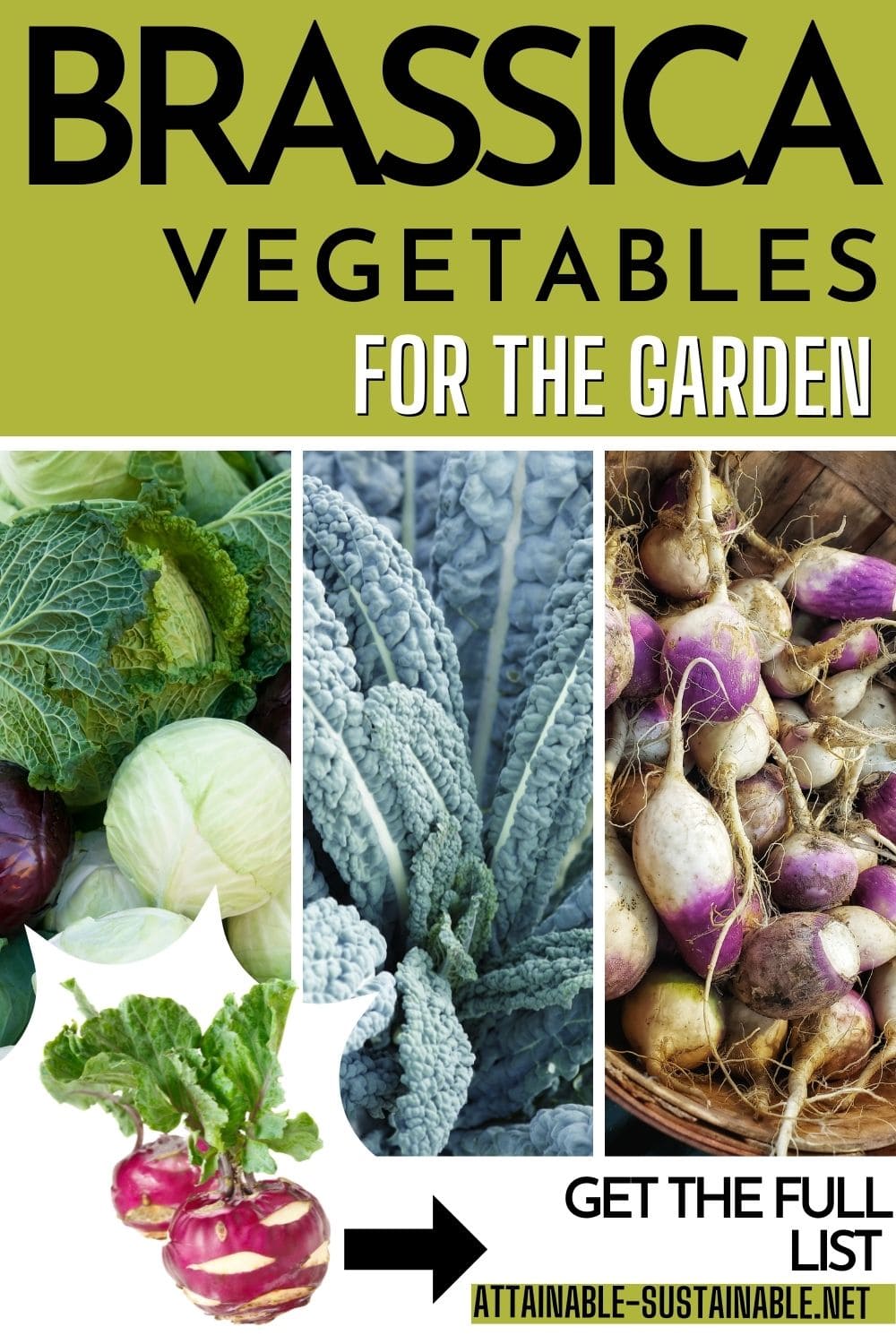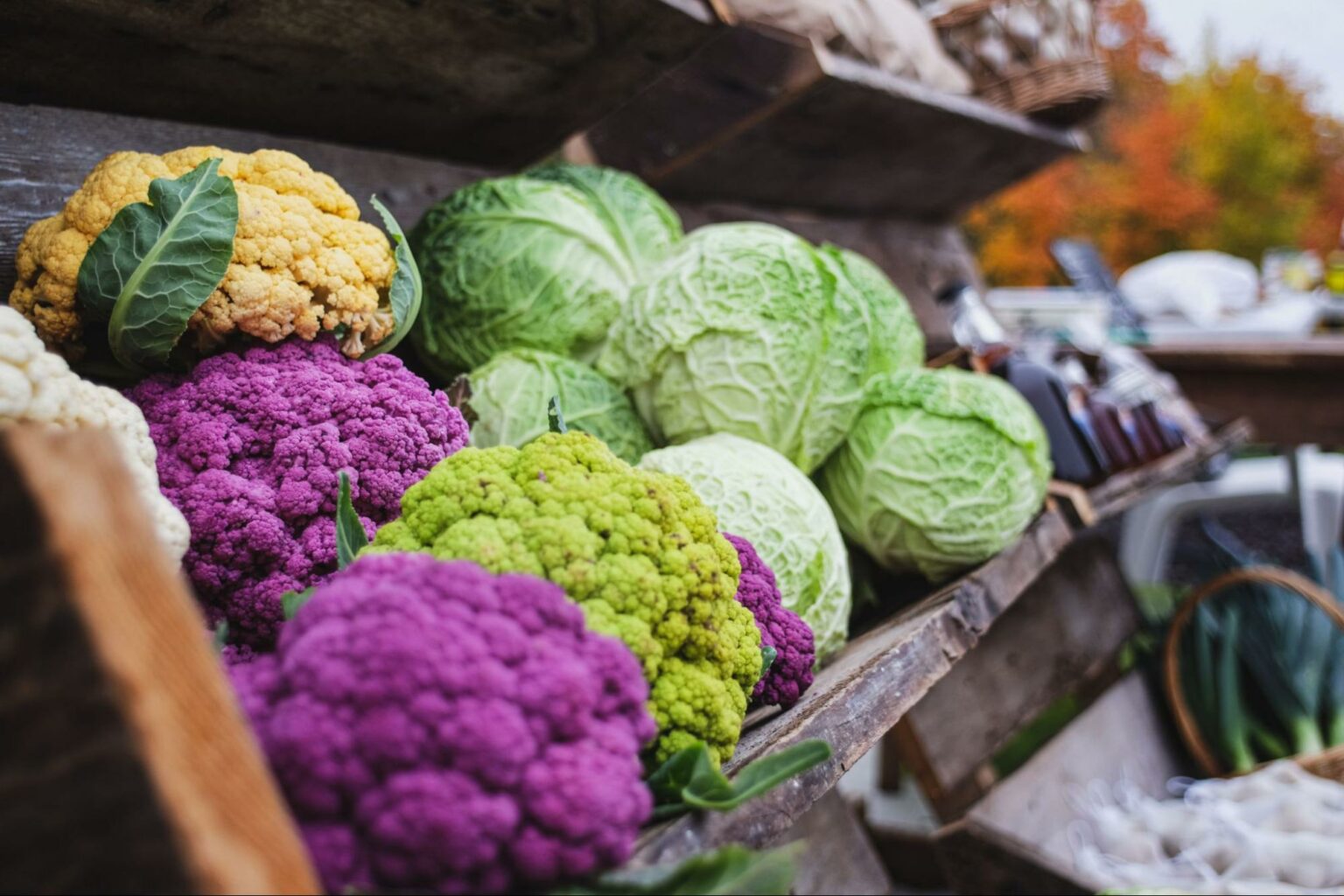Discovering the Brassica Family of Vegetables
Brassica vegetables, belonging to the plant family Cruciferae, are characterized by their four-petaled flowers. This diverse group of vegetables, often referred to as cruciferous vegetables, has been a staple in many cuisines around the world for centuries. But what is a Brassica vegetable, exactly? In essence, it’s a group of vegetables that share a common ancestor and possess unique properties that make them incredibly nutritious. From broccoli and cauliflower to kale and cabbage, the Brassica family boasts a diverse range of vegetables that offer a wealth of health benefits. Consuming Brassica vegetables has been linked to improved heart health, enhanced immune function, and even reduced risk of certain cancers. In this article, we’ll delve into the world of Brassica vegetables, exploring their characteristics, health benefits, and cultural significance.
What Makes Brassicas So Special?
One of the key factors that set Brassica vegetables apart from other vegetables is their unique combination of nutritional properties. These vegetables are characterized by their high water content, making them low in calories and rich in nutrients. They are also an excellent source of dietary fiber, containing both soluble and insoluble fiber that can help promote digestive health and support healthy blood sugar levels. Furthermore, Brassica vegetables are packed with antioxidants, including vitamins C and E, beta-carotene, and other phytochemicals that have been shown to have anti-inflammatory properties and protect against cell damage. The high antioxidant content of Brassica vegetables makes them an excellent addition to a healthy diet, particularly for individuals looking to reduce their risk of chronic diseases such as heart disease, cancer, and cognitive decline.
How to Identify Brassica Vegetables in the Market
When shopping for Brassica vegetables, it’s essential to know what to look for to ensure you’re getting the freshest and highest-quality produce. One of the most distinctive features of Brassica vegetables is their appearance. They often have a dense, compact head or florets, and may have a slightly bitter or earthy aroma. In terms of texture, Brassica vegetables can range from crunchy and firm (like broccoli or cauliflower) to tender and leafy (like kale or collard greens). Seasonality is also an important factor, as many Brassica vegetables are available year-round, while others may be more seasonal. For example, broccoli and cauliflower are typically available from October to May, while kale and collard greens are more readily available from June to September. Some common examples of Brassica vegetables include broccoli, cauliflower, kale, cabbage, bok choy, and Brussels sprouts. By understanding what to look for in terms of appearance, texture, and seasonality, you can make informed choices when selecting Brassica vegetables at the market or grocery store.
The Health Benefits of Incorporating Brassicas into Your Diet
The health benefits of consuming Brassica vegetables are numerous and well-documented. One of the most significant advantages of incorporating Brassicas into your diet is their potential to reduce inflammation. The antioxidants and polyphenols present in these vegetables have been shown to have anti-inflammatory properties, which can help to mitigate the risk of chronic diseases such as heart disease, diabetes, and certain types of cancer. Additionally, Brassica vegetables are rich in fiber, which can help to promote digestive health and support healthy blood sugar levels. The fiber content of Brassicas can also help to support healthy gut bacteria, which is essential for a strong immune system. Furthermore, the sulforaphane present in Brassica vegetables has been shown to have potent anti-cancer properties, and may help to prevent the growth and spread of cancer cells. By incorporating Brassica vegetables into your diet, you can reap these health benefits and support overall wellness.
Brassica Vegetables in Different Cuisines Around the World
Brassica vegetables have been a staple in various cuisines around the world for centuries, and their cultural significance is undeniable. In Asian cuisine, Brassicas like bok choy, Chinese broccoli, and gai lan are commonly used in stir-fries and braises. In Japan, Brassicas like komatsuna and takana are pickled or used in soups. In Europe, Brassicas like cabbage, kale, and cauliflower are used in hearty stews, soups, and salads. In the Americas, Brassicas like broccoli, cauliflower, and kale are popular in salads, soups, and as a side dish. The versatility of Brassica vegetables has led to their widespread adoption in many different cuisines, and their cultural significance is a testament to their nutritional value and culinary appeal. From traditional Korean kimchi to German sauerkraut, Brassica vegetables have played a starring role in many cultural dishes. By exploring the different ways Brassica vegetables are used in various cuisines, you can gain a deeper appreciation for their culinary significance and incorporate them into your own cooking in new and exciting ways.
Easy Ways to Incorporate More Brassicas into Your Meals
Incorporating Brassica vegetables into your daily meals can be easy and delicious. One simple way to add more Brassicas to your diet is to start your day with a Brassica-packed breakfast. Try adding steamed broccoli or kale to your omelette or scrambled eggs. For lunch, add sliced cauliflower or Brussels sprouts to your salad or wrap. You can also roast a batch of Brassicas like broccoli, cauliflower, or kale on the weekend and use them as a topping for salads or soups throughout the week. Another easy way to incorporate Brassicas into your meals is to add them to your favorite stir-fry recipe. Simply sauté a mix of Brassicas like broccoli, cauliflower, and kale with some garlic and ginger, and serve over rice or noodles. You can also use Brassicas as a low-carb substitute for grains like rice or pasta. For example, try using cauliflower “rice” as a base for your favorite stir-fry or using kale as a wrap instead of a tortilla. By incorporating Brassicas into your meals in these easy and creative ways, you can reap the nutritional benefits of these powerful vegetables and add variety to your diet.
Debunking Common Myths About Brassica Vegetables
Despite their numerous health benefits, Brassica vegetables are often misunderstood and underappreciated. One common myth is that Brassicas are too bitter to eat. However, this bitterness is largely due to the high concentration of sulforaphane, a compound that has been shown to have potent anti-inflammatory properties. In reality, many Brassicas, such as broccoli and cauliflower, have a mild, slightly sweet flavor when cooked properly. Another myth is that Brassicas are difficult to prepare. While it’s true that some Brassicas, like kale, may require a bit more effort to cook, many others, like broccoli and cauliflower, can be quickly steamed or roasted with minimal effort. Additionally, many Brassicas can be purchased pre-washed and pre-cut, making them a convenient addition to any meal. Some people may also believe that Brassicas are only for health enthusiasts or vegetarians, but the truth is that anyone can benefit from incorporating these nutritious vegetables into their diet. By understanding what a Brassica vegetable is and debunking these common myths, you can unlock the full nutritional potential of these incredible vegetables and start reaping the benefits for yourself.
Conclusion: Embracing the Nutritional Power of Brassica Vegetables
In conclusion, Brassica vegetables are a nutritional powerhouse that deserves a prominent place in a balanced diet. By understanding what a Brassica vegetable is and its unique properties, individuals can unlock the numerous health benefits associated with consuming these vegetables. From reducing inflammation and improving digestion to supporting cancer prevention, the advantages of incorporating Brassicas into one’s diet are undeniable. By debunking common myths and misconceptions, individuals can feel confident in adding these nutritious vegetables to their meals. With their rich flavor profiles, versatility in cooking, and cultural significance in cuisines around the world, Brassica vegetables are an excellent addition to any meal. So, go ahead and explore the world of cruciferous vegetables, and discover the incredible benefits that await. By making Brassicas a staple in your diet, you can take a significant step towards a healthier, happier you.








